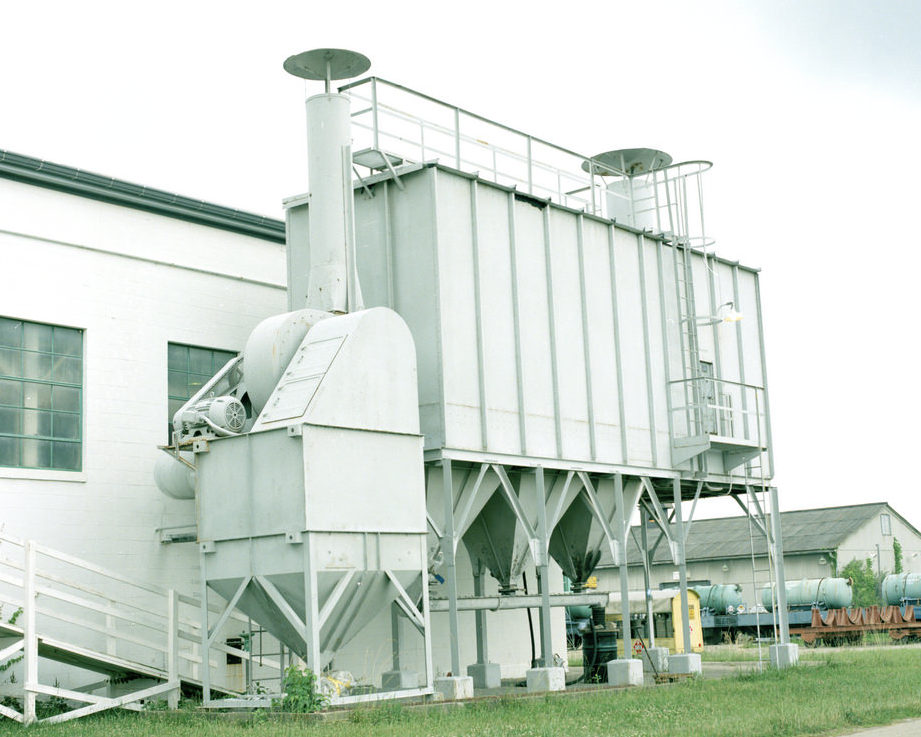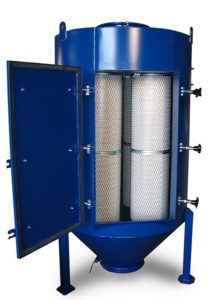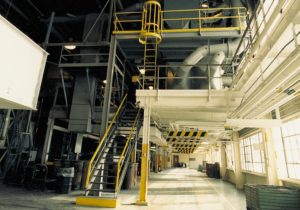Understanding the Basics of Dust Collectors

When it comes to dust collectors, there is a wide array of many different and various things that you need to know. They are vital to be installed in almost every industrial facility. It is imperative that you need to invest in a dust collection system in your plant.
However, not many people know about the dust collection system. When in fact, they are incredibly vital in plants and facilities. If you are looking to understand more about dust collection, then you are in luck because this is the perfect article that is written just for you.
In this article, we would like to discuss as well as explain the basics of dust collectors. This article will let you know about all the things that you need to know to understand the basics of a dust collection system of a plant or facility. We will talk about the basic configuration, uses, application, airflow, as well as the effect of this marvelous system. Here are the things that you need to know for a better understanding of the basics of dust collectors:
Configuration
 When it comes to configuration, the setup of this system is made up of a series of several different parts that are assembled to operate together in tandem so that it can produce safe TLV (Threshold Limit Values) or PEL (Permissible Exposure Limit). When it comes to the basic system, it usually consists of ductwork, an air mover, a capture hood, intake ducting, exhaust ducting, as well as dust collector filters that all vary depending on the needs of the plant or facility.
When it comes to configuration, the setup of this system is made up of a series of several different parts that are assembled to operate together in tandem so that it can produce safe TLV (Threshold Limit Values) or PEL (Permissible Exposure Limit). When it comes to the basic system, it usually consists of ductwork, an air mover, a capture hood, intake ducting, exhaust ducting, as well as dust collector filters that all vary depending on the needs of the plant or facility.
When setting up the configuration of the system, dust collectors are usually modified according to the needs of the facility. They also depend on the necessities of the client, the type of dust that is collected, as well as the spacing of the plant.
Uses and Application
When it comes to dust collectors, you can utilize it for many uses and applications. The primary function of it is to be used to improve the quality of the air that is released from commercial and industrial processes by gathering the dust as well as other impurities from the gas or air.
They are used in a lot of processes in plants and facilities to remove pollutants or recover valuable granular solids. They are also used to control air pollution. They help reduce gas streams and particulate matter from various industrial processes such as rubber and plastic processing, welding, high-speed machining with coolants, quenching, and tempering.
Airflow and Effect

The design of this system is an HVLP (high volume, low pressure) design. That means that it intakes large amounts of particulates in the air slowly across areas that are large and cross-sectional. It can maintain the clean process air as well as the quality of breathable air throughout an entire facility since it affects a large area in high volume airflow.…
